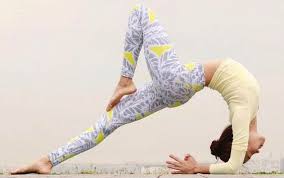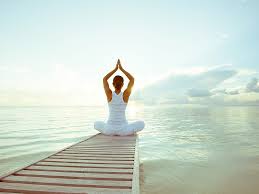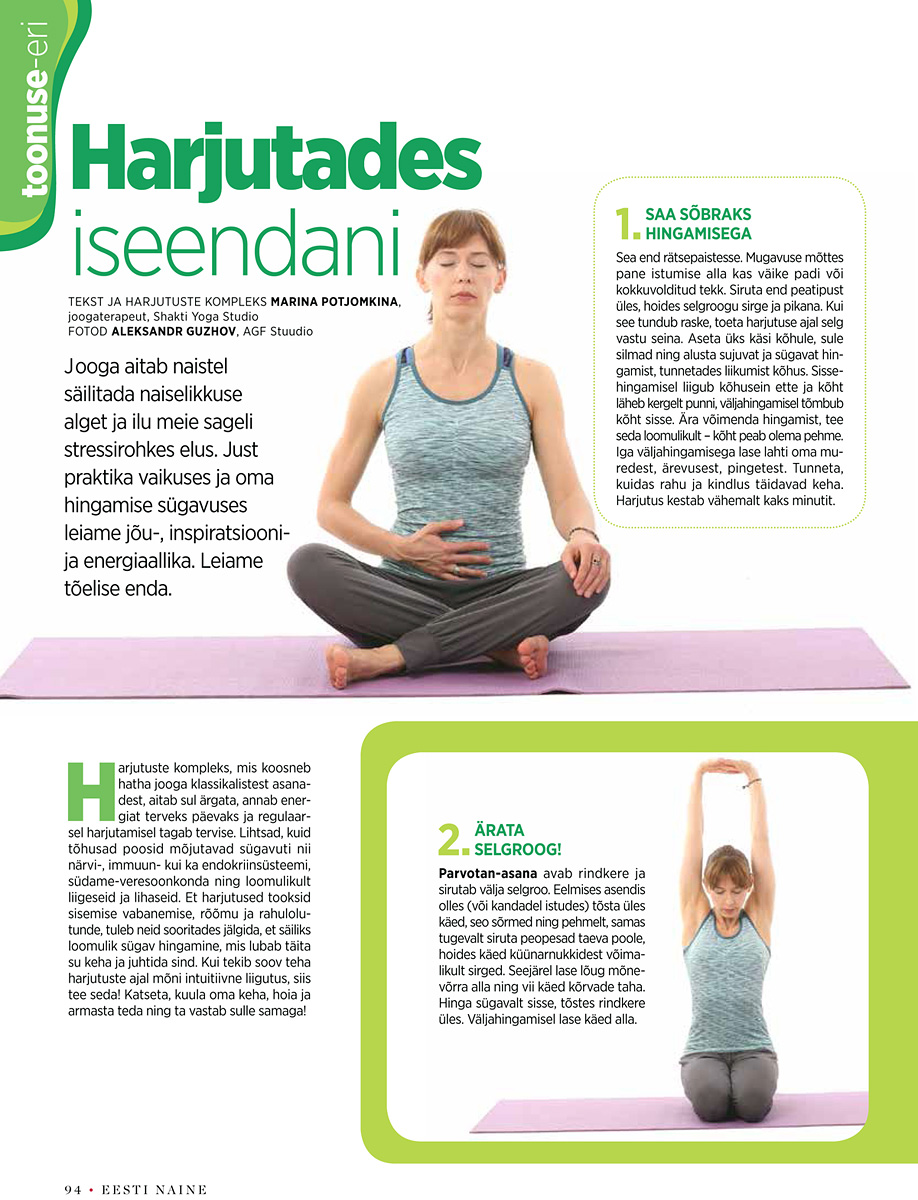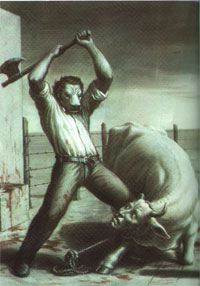practice
Between us girls …. On the practice of yoga on critical days
 At some intervals, I encounter the need to explain to beautiful yogis about practice on critical days. There are many opinions, many myths about this. I hope that my opinion – the opinion of a certified yoga therapist will be heard and many girls and women will protect themselves from trouble … and maybe even from trouble.
At some intervals, I encounter the need to explain to beautiful yogis about practice on critical days. There are many opinions, many myths about this. I hope that my opinion – the opinion of a certified yoga therapist will be heard and many girls and women will protect themselves from trouble … and maybe even from trouble.
So, knowledge is, as you know, power. Let’s figure out what’s what. Only dry scientific facts. What happens physiologically during menstruation?
Firstly, the hormonal background changes sharply, the level of progesterone is already low, and estrogen is still low. Secondly, the basal body temperature drops by several tenths of a degree, the immune system is slightly weakened. The internal mucous layer of the uterus-endometrium – without waiting for a fertilized egg, exfoliates and is removed from the body to the outside. Continue reading
Ashtanga Vinyasa Yoga (part 3)
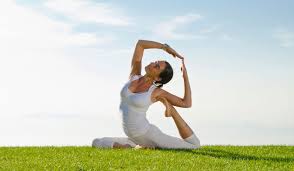 Practice Format
Practice Format
According to tradition, two forms of training are used in Ashtanga yoga: Ice class and Mysore class.
An ice class is a lesson that is held at the expense of the teacher. The whole group synchronously performs the sequence, rebuilding their breath under this score. Practitioners perform the same asanas, following the instructions of the teacher. The teacher calls the asanas, marks the beginning of the inhalation and exhalation, gives instructions on how to build up the asana, hold the bandhas and direct your gaze (drishti).
The Mysore class (got its name from the city of Mysore, where the ashtanga yoga school founded by Pattabhi Jois is located) is a lesson in which the practitioner, independently of others, performs a sequence in the rhythm of his breathing, at a pace convenient for him. Continue reading
Ashtanga Vinyasa Yoga (part 2)
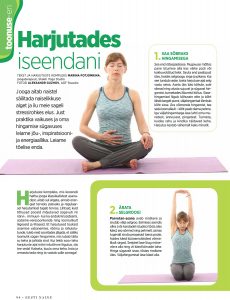 Vinyasa
Vinyasa
Vinyasa is a way of synchronizing breathing and movement. There is one breathing cycle per movement. For all asanas, a certain amount of vinyasas is established.
The purpose of vinyasa is internal purification. Breathing and movements performed simultaneously with asanas cause the blood to become hot, or, as Sri K. Pattabhi Jois says, “make the blood boil.” Stagnant thick blood is dirty and causes various diseases in the body. The heat produced by yoga purifies the blood and makes it fluid so that it can circulate without difficulty. The combination of asanas with movement and breathing allows blood to freely reach all joints, taking away pain from the body. In case of insufficient circulation, pain occurs. Heated blood also passes through all internal organs, removing impurities and diseases that are eliminated from the body through sweat during practice. Continue reading
